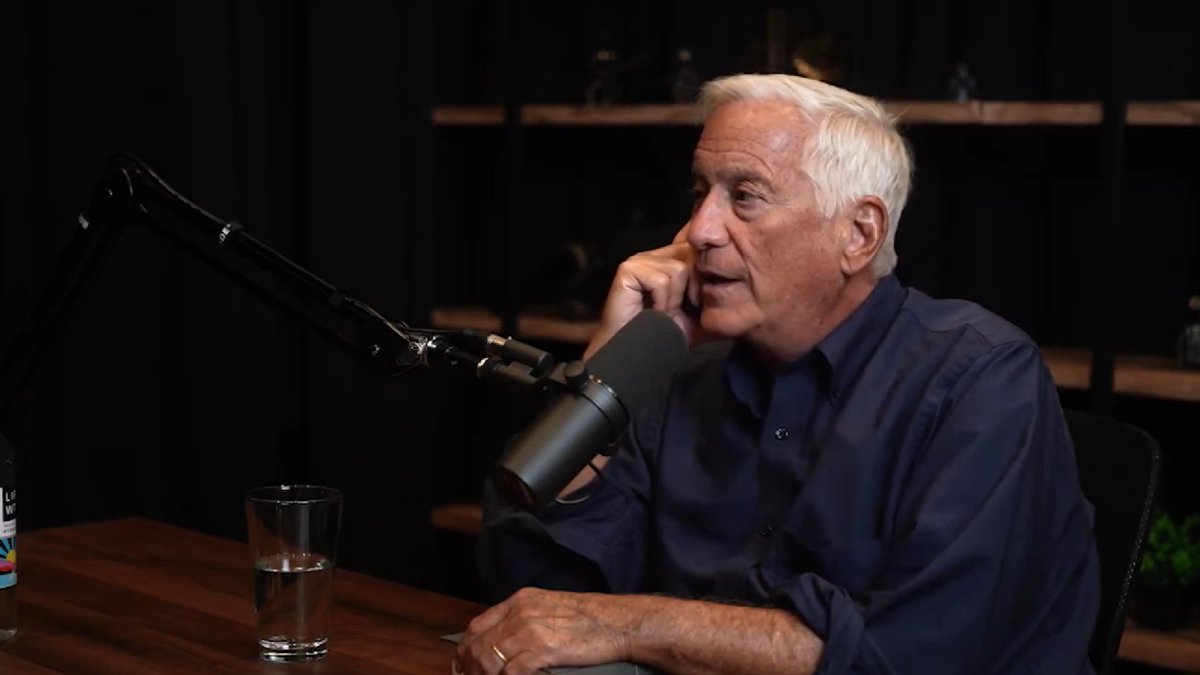That’s when they decided to lay off 85% of the workforce: the remaining team had to go “all in” and Twitter 2.0 would no longer prioritize “psychological safety” or remote work as 1.0 had.
One of Elon’s team came up with the idea that Elon shouldn’t lay off all the staff. The team should be asked if they want to go all-in, because it would be tough.
Isaacson says it’s good to have companies with different styles, but Twitter 1.0 was at one extreme with yoga studios and mental health days off.
Isaacson recalls Elon’s “bitter laugh” when he kept hearing the words “psychological security” when he walked into Twitter’s headquarters. It said: “I prefer ‘hardcore'”. Which prefers an intense sense of urgency as the company’s operating principle.
At Twitter headquarters, Isaacson was watching Elon as he became more annoyed with Twitter’s branding and logo. Elon’s problem was that this image of chirping birds was not “hardcore”.
Isaacson says he thinks Elon is taking X in a hardcore direction: people posting hardcore takes, with hardcore views. It won’t be a “polite corral for the Bluecheck anointed elite”.
Isaacson admits that as he watched this at Twitter HQ, he thought “this is going to be bad, everything is going to fall apart,” but while X/Twitter has struggled, “the extreme intensity has also led to new developments.” . things that happen there”.
In April 2022, Isaacson observed Elon at the Tesla factory in Texas, as he considered whether to buy Twitter. Isaacson himself said nothing, but most of Elon asked him why he would want to buy Twitter? A lot of people didn’t even use Twitter.
Even after Elon returned from Vancouver in mid-April, many around him were trying to step in and ask him why he was offering to buy Twitter.
Isaacson says people often ask him why Elon wanted out of the Twitter deal. He says it depends on what you’re talking about Elon and what time of day it is.
Elon was mercurial: there were times he would text Isaacson saying “this is going to be great!”. Isaacson says that when he learned he would be forced to close the deal, in early October, Elon had made a deal with him and was even happy about it.
On why Elon did a “ju-jitsu maneuver” to deny Parag and the other executives their compensation: It wasn’t just a way to save money, but a starting point for Elon, since these people l ‘they had lied about the numbers. and forced him to close the deal.
When Elon finally closed the deal, it was a “wild scene.” It saw Elon trying to decide, in 3 different rounds, how to reduce the workforce to 15% of what it was. It was a “manic period,” he says.
Isaacson says Elon brought in Twitter’s engineering team and thought the size of Tesla’s Autopilot and AI team was about 1/10 the size of the team working on software at Twitter . Elon said that cannot be the case.
Isaacson explains that every step of the way, everyone around Elon told him that these cuts were enough and that more would destroy things. Even some of his closest confidants like Alex Spiro and his cousins Andrew and James told Elon this.
And those people were partly right, Isaacson says: There were some problems with the servers, but not much compared to what was predicted or what happens to many other services.
Elon’s algorithm for running his companies, as Isaacson explains elsewhere, is “delete, delete, delete,” but his view is that if you don’t end up having to put back 20% of what you deleted, you haven’t removed enough. This is how Elon approached making Twitter work.
• • •
Missing a tweet in this thread? You can try
force an update


